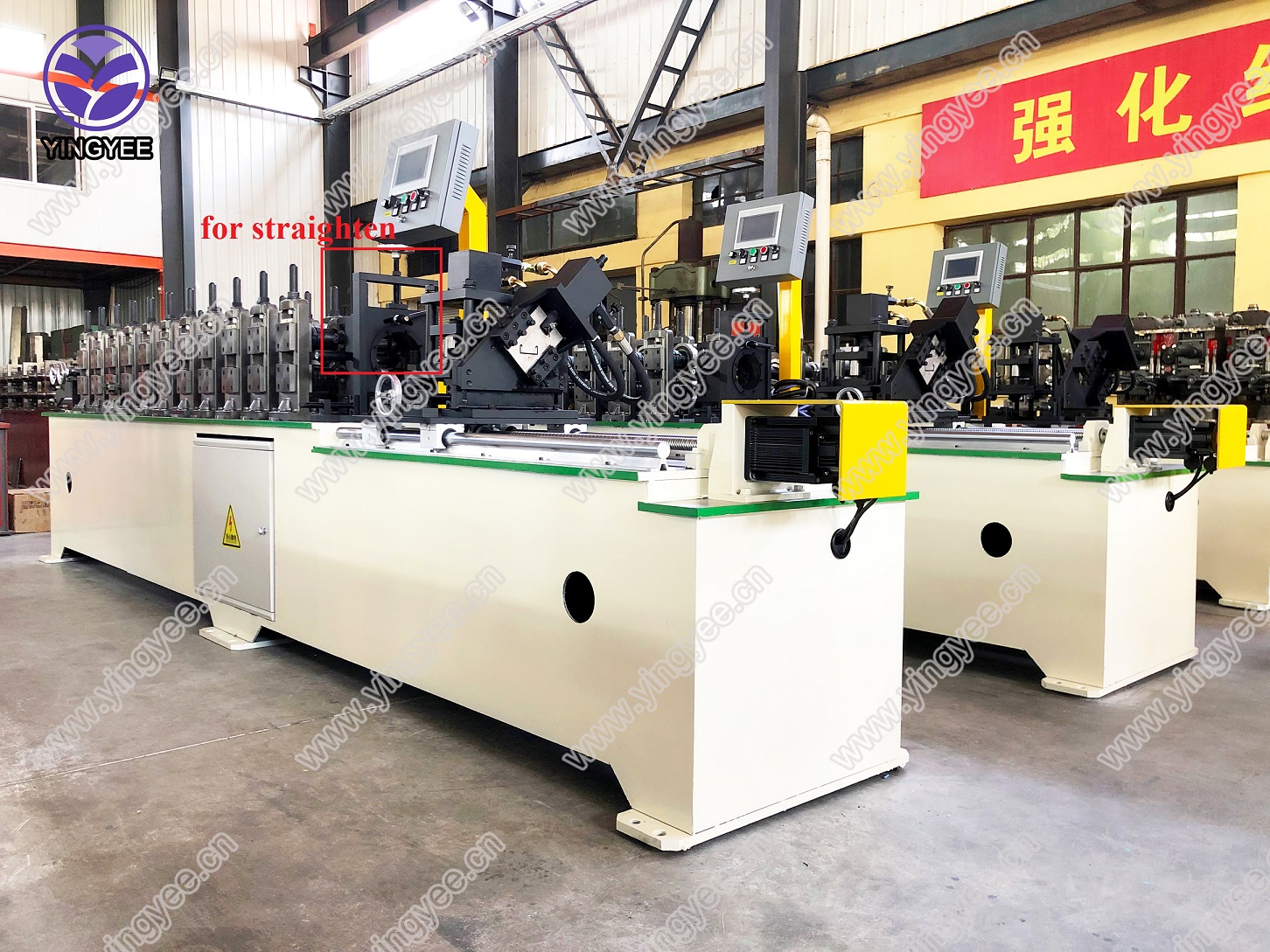
Straighten and Cutting Machines Essential Tools for Precision in Manufacturing
In the ever-evolving world of manufacturing and fabrication, efficiency and precision are paramount. Among the essential equipment that plays a significant role in achieving these goals are straightening and cutting machines. These machines are vital for processing raw materials and ensuring they meet the stringent requirements of various industries, from construction to automotive manufacturing.
Understanding Straightening Machines
Straightening machines, also known as straighteners or flatteners, are designed to correct the shape of metal sections or sheets. During the manufacturing process, materials can become warped or bent due to stress, transportation, or improper handling. Straightening machines utilize a series of rollers and mechanical systems to apply torque and pressure, effectively reshaping the material to a smooth, flat surface.
There are various types of straightening machines, including manual, semi-automatic, and fully automated systems. The choice of machine often depends on the complexity of the tasks, the material being processed, and the desired output quality. For instance, a heavy-duty straightening machine may be essential for larger steel beams, while lighter materials may only require a compact, less powerful unit.
Cutting Machines Precision at Its Best
Once materials are straightened and prepared, the next step often involves cutting them to precise dimensions. Cutting machines come equipped with various technologies such as shearing, sawing, laser, or plasma cutting, each with its unique advantages and applications. The choice of cutting method largely hinges on the type of material and the required tolerance levels.

Shearing machines are renowned for their efficiency in cutting through sheets and plates of metal with clean edges, making them a preferred choice in high-volume production environments. On the other hand, laser cutting machines offer unparalleled precision and are ideal for intricate designs and complex shapes, often found in industries like aerospace and electronics.
The Synergy of Straightening and Cutting
The integration of straightening and cutting machines in manufacturing processes provides significant operational advantages. By ensuring that materials are perfectly straight before cutting, manufacturers can drastically reduce waste and improve the overall quality of their finished products. This synergy minimizes the likelihood of rework or scrap due to inaccuracies, thereby enhancing productivity and profitability.
Moreover, the automation of these processes is paving the way for more advanced manufacturing systems. Smart technology can monitor material conditions, track performance metrics, and adjust operations in real time to meet the demands of modern production lines. Such advancements are particularly beneficial in high-stakes industries where precision is non-negotiable.
Conclusion
Straightening and cutting machines are integral to achieving precision and efficiency in the manufacturing sector. Their ability to prepare raw materials for further processing ensures that manufacturers can produce high-quality products that meet the rigorous standards of today's market. As technology continues to advance, the capabilities of these machines will only increase, leading to even greater enhancements in manufacturing performance. Embracing these tools is not just about keeping pace with industry demands; it’s about pushing the boundaries of what’s possible in fabrication and manufacturing. As we look to the future, straightening and cutting machines will undoubtedly play a crucial role in shaping the landscape of production across various industries.